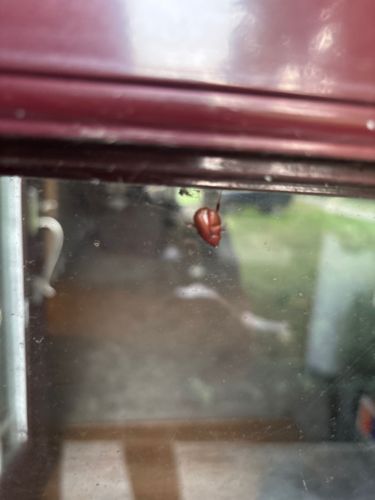Spider Beetle
Scientific Name: Various genera including Ptinus (e.g., Ptinus fur, Ptinus tectus), Gibbium (e.g., Gibbium psylloides)
Order & Family: Order: Coleoptera, Family: Ptinidae (formerly Anobiidae in part, or Ptinidae was a subfamily of Anobiidae)
Size: Typically 1.5 to 5 mm long

Natural Habitat
They are commonly found in human dwellings, particularly in pantries, kitchens, and warehouses where food products are stored. They prefer dark, damp, and undisturbed environments.
Diet & Feeding
Spider beetles are generalist scavengers, feeding on a wide variety of stored products, including grains, spices, dried fruits, flour, seeds, pet foods, and even animal products like dried meat and museum specimens. They are known to infest pantries and warehouses.
Behavior Patterns
Spider beetles are typically nocturnal and prefer dark, undisturbed areas. They are known for their ability to chew through various packaging materials to access food sources. When disturbed, they may feign death. Their larvae are also highly destructive, burrowing into food items.
Risks & Benefits
Potential risks include contamination and spoilage of stored food products, leading to economic losses and potential health concerns if infested food is consumed. They can be a major nuisance pest in homes and commercial food storage facilities. There are no significant benefits associated with their presence.
Identified on: 8/12/2025